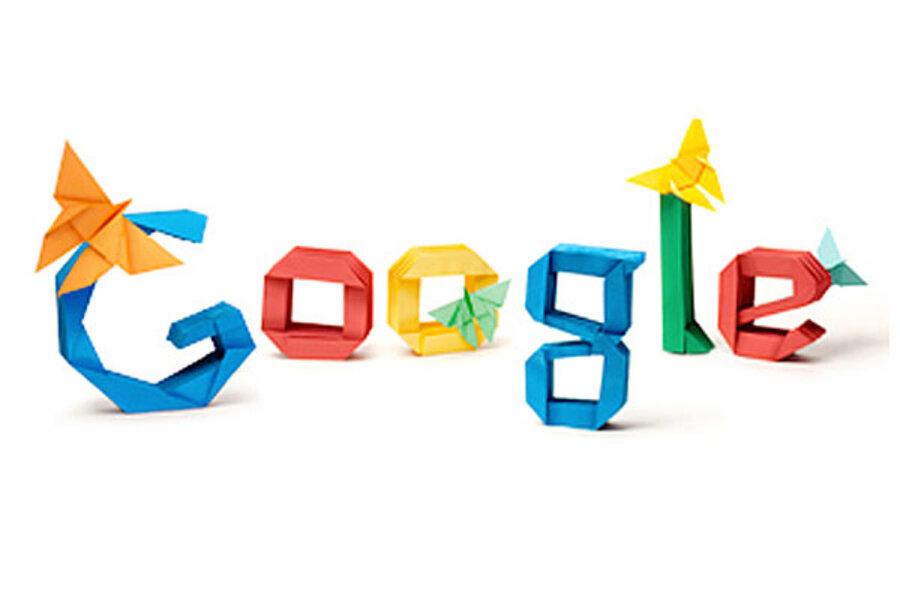Akira Yoshizawa: Why origami matters
Loading...
In 2000, when the Lawrence Livermore National Laboratory wanted to design a telescope whose football-field sized lens could be folded into a small rocket, they approached an expert in a discipline not traditionally associated with aerospace and engineering: origami.
To be sure, Robert Lang, who has published 13 books on origami, also has degrees in engineering and physics and an extensive background in optics, but it was his expertise in folding paper that inspired the Eyeglass Telescope, whose thin plastic lens, designed to be forty times larger than that of the Hubble Space Telescope, would open like an umbrella in space.
Funding for the Eyeglass Telescope was discontinued before a full-scale version could be built, but the prototypes worked as predicted, showing that the Japanese art of paper folding has applications that go well beyond making paper cranes.
As noted on Google's home page, Wednesday marks the 101st birthday of Akira Yoshizawa, who is widely considered the grandfather of origami. He did not invent the practice – origami emerged as a pastime during Japan's Heian period (794-1185). But in his lifetime, Yoshizawa did more than anyone else to elevate it into an art form. Equally important, Yoshizawa created a wordless notation consisting of lines, dashes, arrows, and diagrams that allowed people all over the world, regardless of their native language, to learn origami.
And in doing so, he inspired generations of scientists and engineers to use origami principles for everything from noodle containers to domed stadium roofs. Look into the folds and creases of objects all around you and you'll see origami everywhere.
Paper folding has long been of interest to mathematicians, who found that geometric problems that are impossible to solve with a compass and straightedge, such as trisecting the angle, can be easily solved by folding paper. Origami has also introduced new puzzles for mathematicians to solve, such as the famous napkin folding problem, which explores whether it is possible to fold a square napkin in such a way that the perimeter of the resulting shape, when flattened, is greater than that of the original square (it turns out that it is possible using classical origami techniques).
These mathematical insights have led to a host of applications. In 2003, the Nissan Motor company asked Japanese scientist and origami aficionado Ichiro Hagiwara to design "crumple zones" that absorb impacts more efficiently. Similarly, Robert Lang has helped design airbags that pack tighter and deploy faster, using algorithms originally developed by origamists to make paper insects.
Another origami-inspired scientist, Taketoshi Nojima of Kyoto University, has worked on structures and furniture designed to gently collapse during earthquakes.
The principles of origami can also work on a small scale. Scientists at the Massachusetts Institute of Technology are working on techniques to fold DNA into microscopic structures that can serve as scaffolding for other nanoscale objects.
Not all of origami's applications are in the high-tech realm. Japanese astrophysicist and origamist Koryo Miura, who designed a collapsible solar array for a Japanese satellite that flew in 1995, has invented techniques that have been used on everything from beverage cans to those diamond-shaped tourist maps that fold and unfold easily.
Lang, who designed Wednesdays Google doodle, decorated the letters in the logo with Yoshizawa's iconic butterflies. Said Lang of Yoshizawa's design for the insects:
"It is deceptive in its simplicity, but can express great subtlety in its shaping and attitude. The combination of simplicity and depth is part of the essence of origami, and is key to Yoshizawa's work and legacy."








